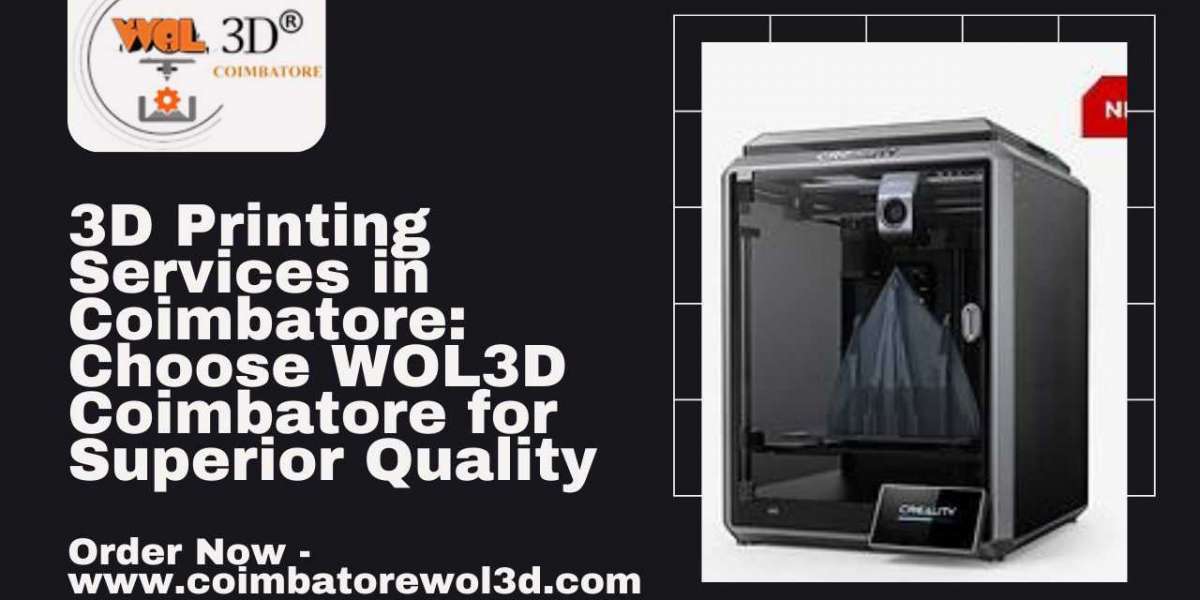Shape Memory Material Market Overview:
As per MRFR analysis, the Shape Memory Material Market Size was estimated at 16.82(USD Billion) in 2024. The Shape Memory Material Market Industry is expected to grow from 18.27(USD Billion) in 2025 to 38.43(USD Billion) by 2034. The Shape Memory Material Market CAGR (growth rate) is expected to be around 8.60% during the forecast period (2025 - 2034).
Shape memory materials (SMMs) have revolutionized various industries due to their ability to return to a predetermined shape when exposed to external stimuli such as temperature, electricity, or stress. These materials, which include shape memory alloys (SMAs), shape memory polymers (SMPs), and shape memory ceramics, are finding increasing applications in aerospace, healthcare, automotive, robotics, and consumer electronics. The global Shape Memory Material Market is expected to witness significant growth over the coming years, driven by technological advancements, increasing demand in medical applications, and the need for smart materials in various sectors.
Key Market Drivers
- Growing Medical Applications
- Shape memory alloys such as Nitinol are widely used in stents, orthodontic wires, and surgical instruments due to their biocompatibility and self-expanding properties.
- SMPs are gaining traction in minimally invasive surgeries and drug delivery systems, enhancing patient care and treatment efficiency.
- Advancements in Aerospace and Defense
- The aerospace industry is leveraging SMAs for actuators, morphing wings, and vibration control systems.
- Military applications include smart armor and adaptive structures, contributing to defense innovation.
- Rising Demand in Automotive Sector
- Automakers are integrating shape memory materials into smart components like self-healing bumpers, adaptive seats, and fuel injectors to improve vehicle efficiency and comfort.
- The push for lightweight, durable materials to enhance fuel efficiency and reduce emissions is a major growth driver.
- Technological Innovations in Consumer Electronics
- Shape memory materials are used in foldable displays, smartwatches, and flexible sensors.
- The rise of wearable technology and IoT-driven devices is expanding the scope of SMP applications.
Market Segmentation
By Material Type:
- Shape Memory Alloys (SMAs): Nitinol, Copper-based alloys, Iron-based alloys
- Shape Memory Polymers (SMPs): Thermoplastics, Thermosets
- Shape Memory Ceramics Composites
By Application:
- Medical Healthcare: Stents, Catheters, Orthodontics, Surgical instruments
- Aerospace Defense: Aircraft components, Actuators, Smart armor
- Automotive: Adaptive components, Smart actuators, Self-healing materials
- Electronics: Foldable displays, Smart sensors, Wearables
- Robotics Automation: Soft robotics, AI-driven adaptive systems
By Region:
- North America: Strong presence of medical device manufacturers and aerospace firms
- Europe: Increasing investments in advanced materials for automotive and defense
- Asia-Pacific: Rapid industrialization and growing electronics sector in China, Japan, and South Korea
- Rest of the World: Emerging applications in Latin America and the Middle East
Download Free Sample Copy of Shape Memory Material Market
Key Players
Aurum Biosciences
Mitsubishi Chemical
Memry Corporation
Furukawa Electric
Johnson and Johnson
Honeywell
Central Glass
SAES Getters
BASF
Kallikratis
Nitinol Devices Corporation
Cavalier Technologies
Musashi Seimitsu Industry
Smiths Group
Challenges in the Market
Despite promising growth, the market faces certain challenges:
- High Material Costs: The cost of producing shape memory materials, particularly SMAs like Nitinol, remains high.
- Limited Scalability: Manufacturing processes for these materials are complex and require specialized expertise.
- Durability Concerns: Repeated cycles of deformation and recovery may lead to fatigue, affecting long-term performance.
- Regulatory Hurdles: Stringent quality standards, especially in medical and aerospace applications, can slow down product approvals.
Future Outlook
The future of the shape memory material market looks promising, with advancements in nanotechnology, 3D printing, and artificial intelligence (AI) set to enhance material properties and applications. Research is focused on improving the fatigue resistance, response time, and multifunctionality of these materials, paving the way for their widespread adoption.
Additionally, collaborations between research institutions and industry leaders are expected to drive innovation. Companies are investing in bio-compatible and environmentally friendly shape memory materials, which will expand their applications in sustainable solutions.
About Market Research Future:
At Market Research Future (MRFR), we enable our customers to unravel the complexity of various industries through our Cooked Research Report (CRR), Half-Cooked Research Reports (HCRR), Consulting Services. MRFR team have supreme objective to provide the optimum quality market research and intelligence services to our clients.
Contact us:
Market Research Future (part of Wantstats Research and Media Private Limited),
99 Hudson Street, 5Th Floor,
New York, New York 10013
United States of America
+1 628 258 0071
Website: https://www.marketresearchfuture.com














